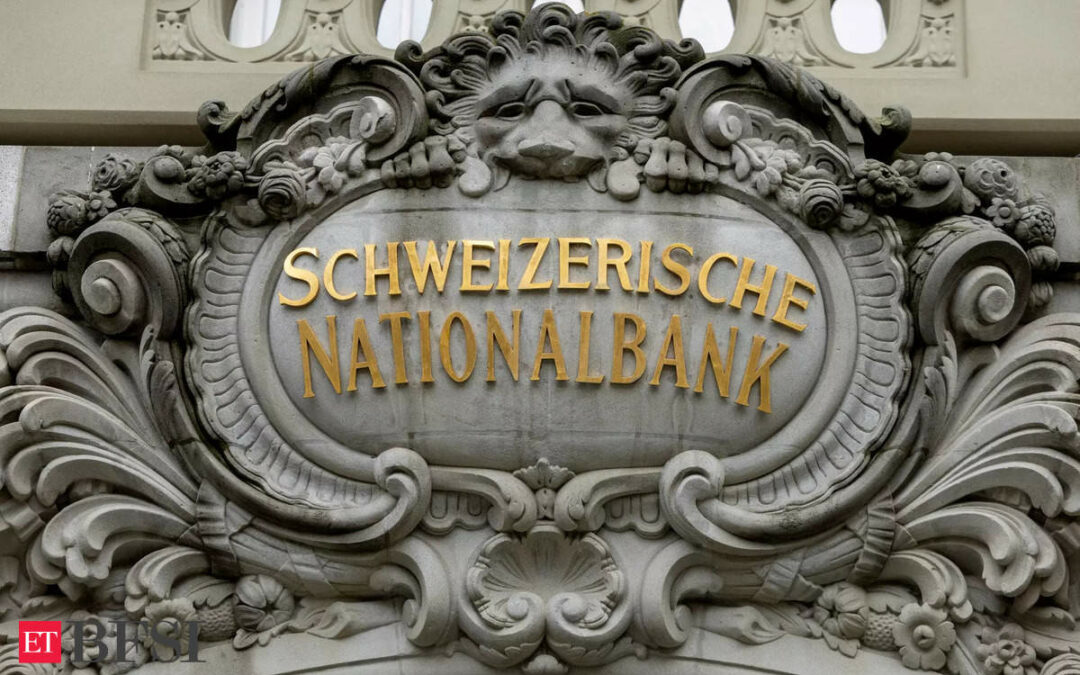ZURICH – The Swiss National Bank (SNB) on Tuesday said more action needed to be taken on capital regulation following Credit Suisse’s collapse and takeover by UBS a year ago.
In its annual report, the SNB said bank financing needed to be “considerably strengthened” through liquidity regulations as Switzerland grapples with the question of how to ensure that the enlarged UBS does not run into trouble itself in future.
“In particular, the SNB recognises a need for action in the areas of early intervention, capital and liquidity requirements, and resolution planning,” it said the report.
“Banks should also be required to prepare a much higher volume of collateral for the purposes of obtaining emergency liquidity assistance from the SNB and foreign central banks.”
The bank’s report comes as the Swiss government is preparing its own recommendations on how to deal with banks that are “too big to fail”, due to be published this spring.
The SNB highlighted a need for action in two areas on capital regulation. Regarding AT1 instruments, the central bank said the opportunities these offered were not taken advantage of in the lead-up to the demise of Credit Suisse.
Also known as “contingent convertibles” or “CoCo” bonds – AT1 bonds act as shock absorbers if a bank’s capital levels fall below a certain threshold. They can be converted into equity or written off.
“In the SNB’s view, the aim should be to strengthen this contribution through a timely suspension of buybacks and interest payments as well as conversion of these instruments into CET1 capital at an earlier stage.”
A second issue came about because Credit Suisse’s Common Equity Tier 1 ratio capital was not of high enough quality.
“Efforts should be made to adjust both the valuation of assets that are included in regulatory capital and the regulatory treatment of parent company participations in order to ensure that bank capital retains its intrinsic value in crisis situations,” the central bank said.
The SNB said it is participating at national and international level in the debate about regulatory adjustments.











